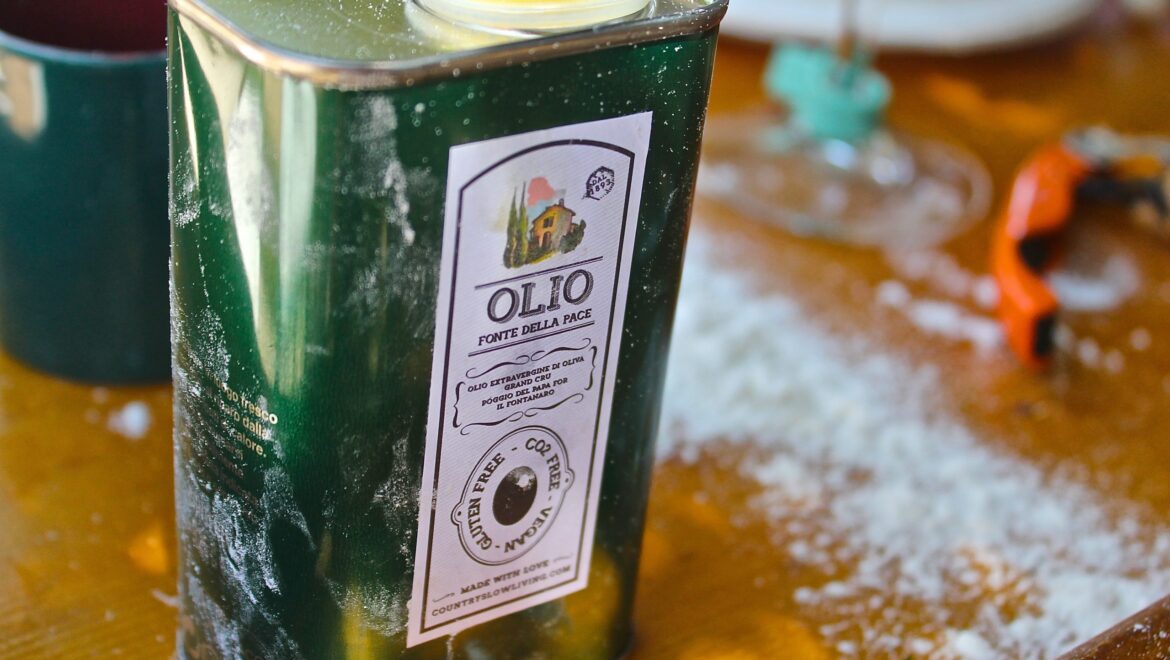1. What sets high quality olive oil apart from average store-bought brands?
If we want to live a healthy and longer life, the only olive oil we should consider buying is the EVO (Extra Virgin Organic) Olive Oil. It is crucial to purchase a product that is produced, packed, and bottled in the same place. Moving the food can potentially adulterate it. To find a great olive oil, we should treat it like a fine wine. We should track the entire process, understanding the source and origin, just like a France Grand Cru.
2. What should we look for when buying olive oil?
When purchasing olive oil, we often encounter only a website or a general name. It is even worse when the product is labeled as a European Community product. We will never know where it comes from or who harvested it due to European regulations. Our suggestion is to always buy from a small, trusted producer that can be investigated. Italy sells more olive oil than it produces. Even in Italy, finding a quality product can be challenging, especially in discount supermarkets.
3. How can we identify a good extra virgin olive oil?
A good extra virgin olive oil should not cost less than $10 for half a liter, in our opinion. Be cautious when buying chili oil or garlic oil, as they are often fake products where the taste of chili or garlic covers up the bad smell of the olive oil. We do not trust big brands that sell all over the world and heavily invest in advertising.
4. What information should we ask the producer about their olive oil?
When selecting high-quality olive oil, it is important to ask the producer about the type of olives they grow, when their last harvest was, and how much was picked. Additionally, understanding the growing, harvesting, and processing of their organic olive oil is crucial.
5. What taste notes should we look for when selecting olive oil?
Every oil has its own character, which is why studying for at least a year is necessary to become a professional olive oil sommelier. However, during our education, we love to highlight our unique terroir where we can taste notes of tomato skin, artichokes, freshly cut grass, and sometimes even lemon zest. Like wine, the wider the range of flavors we can perceive, the better the olive oil. During our educational and cooking classes, we often conduct blind tests, including a $3 olive oil, and immediately notice the difference. Bad olive oil can be compared to old a car oil!
To learn more, take part to our oil experiences.




